Dive into the digital universe, and you’ll often bump into the term “landing page.” But what exactly sets it apart in the vast cosmos of online content? ✍ Let’s break it down:
- Digital Welcome Mat: Think of a landing page as your online foyer, inviting guests to explore further.
- Cookie Insight: Those digital tidbits known as cookies trace visitor interactions, illuminating user preferences and behavior—essentially the footprints visitors leave behind.
- Marketing’s Best Pal: Every time you launch an online campaign, your landing page acts as the central hub, pulling audiences in with its magnetic appeal.
For those who want to optimize their landing page experience, enhancing conversions and user experience – Plerdy tool for CRO & UX is the go-to. ?
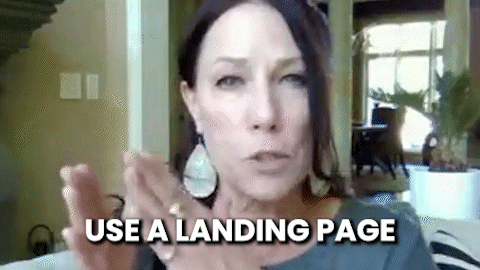
From the intricate design elements to strategically placed CTAs, understanding the essence of a landing page helps brands and marketers create an impactful first impression, ensuring audiences don’t just land but also stay and engage. ⚡
What is a landing page?
In the digital marketing landscape, a landing page stands tall as a critical tool, seamlessly weaving together user experience and brand messaging. This tailored page isn’t your average website stopover. Instead, it’s a precisely designed space, dedicated to driving specific actions – be it sales, sign-ups, or other conversions.

Consider the bespoke world of artisanal coffee shops:
- Engagement Page: containing an aromatic blend that tempts users to learn more about coffee.
- Sales Push: Spotlighting a limited edition roast, urging enthusiasts to snag it before it’s gone.
- Event Spotlight: Showcasing an exclusive barista workshop, guiding participants to reserve their slot.
- Cookie Strategy: Enhancing browsing by recalling a visitor’s previous choices, serving up tailored brew suggestions.
Through these instances, it’s clear that landing pages don’t merely sit and wait. They actively engage, resonate, and encourage action. Their design, married with strategic cookie use, carves out a personalized path for every visitor. They pull users into a brand’s narrative, transforming casual browsers into devoted followers. In the expansive tapestry of online marketing, landing pages anchor brands with purpose, creating impactful touchpoints that resonate with the audience’s pulse. These dynamic pages, far from being static entities, pivot and adapt – driving engagement, fostering trust, and elevating brands above the digital noise.
The Benefits of a Landing Page
In today’s digital landscape, a landing page acts as a powerful tool, steering potential customers right into the heart of your marketing campaign. Let’s dive into the benefits:
- Tailored User Experience: Landing pages are designed for specific audiences. For instance, if you’re promoting organic skincare, your page can focus exclusively on eco-conscious consumers, ensuring they find exactly what they’re craving.
- Higher Conversion Rates: Without the distractions of a regular website, visitors are more likely to take the desired action. Whether it’s signing up for a webinar in the finance niche or downloading a recipe eBook for vegan dishes, a streamlined page encourages commitment.
- Efficient Data Collection: Cookies, those tiny digital crumbs, track user behavior. By analyzing these, businesses in niches from fashion to tech can fine-tune their strategies, tailoring offers to what their audience genuinely wants.
- Cost-Effective: Running a marketing campaign? Pair it with a landing page. With targeted content, you ensure that your ad spend goes further, drawing in only the most relevant traffic.
- Enhanced Branding: Tailored visuals and concise content on your landing page can amplify your brand’s voice. If you’re in the travel niche, vibrant images of exotic locations coupled with enticing packages can create an irresistible allure.
In essence, a landing page isn’t just another web page; it’s a focused marketing strategy, driving results in niches across the board. From gathering insights via cookies to optimizing conversion, it’s a cornerstone for any successful digital campaign.
The Importance of a Landing Page in Today’s Digital Landscape
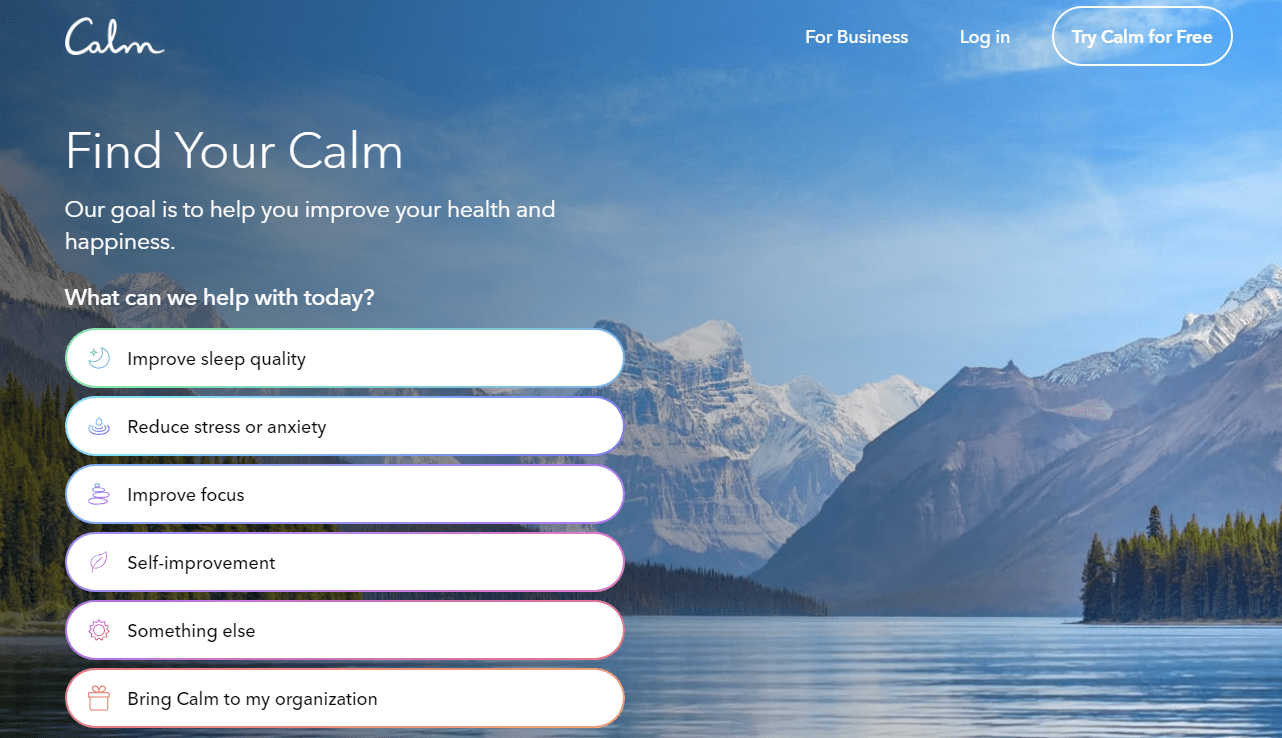
In the bustling digital marketplace, landing pages emerge as compelling anchors, grounding brands amidst the swirling online chaos. These tailor-made pages don’t merely add aesthetic value. They play pivotal roles, driving brand narratives and sparking tangible actions. From a buzzing fitness blog to an up-and-coming indie bookstore, the strategies differ but the underpinning logic remains consistent.
Key tactics and their significance:
- Engagement Blueprint: Create landing pages that engage the mind as well as the eye. For instance, a meditation app might spotlight a serene landscape, gently guiding users into a relaxation journey.
- Conversion Drive: Position exclusive offers or incentives at the forefront. A boutique shoe brand could spotlight a limited-edition sneaker, urging footwear enthusiasts to step up their collection.
- Tailored Experience with Cookies: By recalling past browsing patterns, a gourmet grocery site can suggest a curated list of delicacies, making shopping a breeze.
- Narrative Amplification: Harness the landing page to tell your brand’s tale. An eco-friendly brand might share its sustainability journey, resonating with environmentally-conscious consumers.
These strategies underline the fact that today’s digital arena isn’t just about being visible. It’s about making an impact. Landing pages, complemented by astute cookie strategies, offer brands the leverage to rise above the digital clamor. They carve distinct pathways, ushering visitors into intricately designed experiences that resonate, engage, and ultimately convert. In this dynamic digital age, a landing page is more than a mere digital footprint; it’s a brand’s firm handshake, inviting users to experience its essence.
Homepage vs. Landing Page
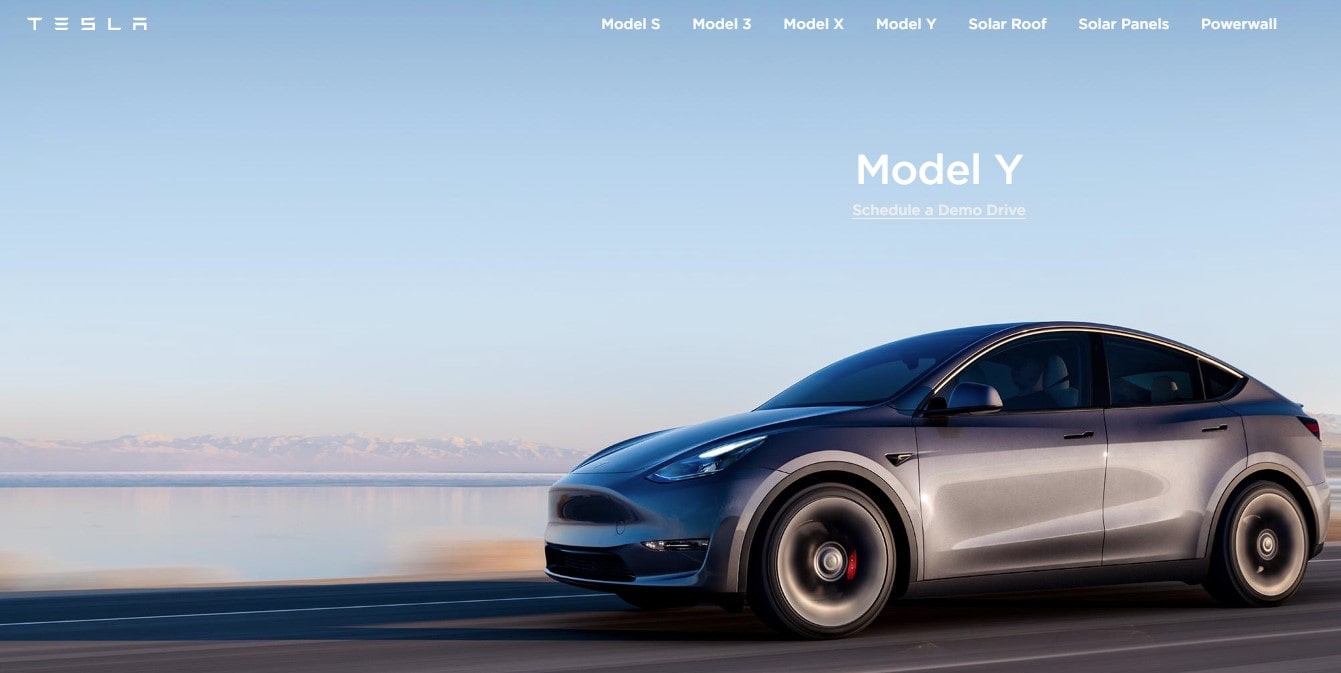
Dive straight into the heart of digital navigation, and two prominent players emerge – the homepage and the landing page. Though often used interchangeably, they serve distinct functions:
- Homepage: This is the digital front door of a brand. For a boutique fitness gym, the homepage showcases the ethos, provides class schedules, and might even sprinkle in a few testimonials. It’s the go-to spot for a holistic overview, making visitors feel right at home.
- Landing Page: Tailored for precision, a landing page targets specific actions. If our boutique fitness gym launches a summer boot camp, their landing page will spotlight the boot camp details, stripping away other distractions. It’s the page you land on from a specific marketing campaign.
Cookies play their part in both, tracking user interactions. For the marketer promoting luxury watches, cookies might show that users from a landing page spend more time viewing limited edition pieces, while homepage visitors delve into brand history.
In essence, while the homepage paints the broad strokes of a brand narrative, the landing page zooms in, directing focus to particular initiatives or offers. Both are crucial, yet each holds its unique spot in a robust digital strategy, guiding users on their journey through a brand’s narrative.
Key Components of an Effective Landing Page
Stepping into the world of digital marketing, landing pages emerge as powerhouse tools to captivate and convert. These specialized pages, fine-tuned for action, carry components that distinguish them from their web page counterparts. Let’s break down the essential elements that make up an effective landing page.
- Engaging Headline: The first handshake with your audience, this grabs attention instantly. For a fitness brand, a headline like “Transform in 30 Days” speaks volumes, setting the stage for what’s next.
- Stellar Visuals: A well-placed image or video can narrate your story better than a sea of text. Imagine showcasing a serene beach resort with sunlit sands and gentle waves.
- Compelling Call-to-Action (CTA): This is where the rubber meets the road. CTAs like “Grab Yours Today” or “Dive Into Bliss” guide users, giving them a nudge to engage.
- Trust Indicators: Testimonials, reviews, and badges of trust encourage confidence. If you’ve partnered with known brands or received rave reviews, flaunt them.
- Benefit-driven Content: Rather than overloading with features, pinpoint the benefits. Instead of just listing ingredients, a skincare brand might highlight how it provides radiant skin.
- Minimal Distractions: An effective landing page pares down links and excess info, ensuring visitors stay on track.
- Strategic Cookie Use: Incorporating cookies lets you personalize user experience subtly. Offer tailored content or deals based on past interactions, making your page feel intuitive.
The art of crafting landing pages lies in blending these elements seamlessly. It’s about orchestrating an experience that feels personalized and intuitive. An inviting headline paired with an evocative image sets the tone. Trust indicators back up your claims, and a strong CTA seals the deal. And with cookies smartly woven into the mix, you can make each visitor feel like you’ve rolled out the red carpet just for them. In the symphony of digital marketing, a finely tuned landing page is music to your audience’s ears.
Diverse Types of Landing Pages

Landing pages stand out as adaptable tools in the vast world of digital marketing, each designed for a particular objective. Just like a Swiss Army knife, these pages come in diverse variations, each designed to cut through the noise and achieve distinct objectives. Let’s dive into these specialized landing page types:
- Click-Through Pages: Often used in e-commerce funnels, these aim to warm up potential customers. Imagine a high-end shoe company providing brief descriptions of their handcrafted production, encouraging customers to learn more about the product specifics.
- Lead Capture Pages: The primary goal? Gather user information. Think of an e-book offer where users hand over their email in exchange for valuable content.
- Infomercial Pages: Lengthy and detailed, these pages are the digital counterparts of late-night TV infomercials. A cutting-edge kitchen gadget might get a full-blown showcase, complete with testimonials and demos.
- Product Detail Pages: Direct and concise, these zero in on a specific product. Picture a tech company showcasing their latest wireless earbuds with crisp imagery and key benefits.
- Viral Landing Pages: Crafted to spread like wildfire, these pages prioritize shareability. A quirky online quiz that determines your “coffee personality” might encourage sharing results on social platforms.
- Microsites: Acting almost like independent entities, microsites serve marketing campaigns or product launches. An eco-friendly brand might set up a microsite focused solely on their sustainability initiatives.
- Cookie Retargeting Pages: Harnessing the power of cookies, these pages offer tailored content based on past interactions. A user who browsed winter coats might land on a page showcasing an exclusive winter sale.
Each type of landing page, with its unique flavor, serves a tailored function in the digital marketing journey. Whether you’re aiming to captivate, inform, or convert, there’s a landing page type ready to serve your needs. By understanding and harnessing these variations, brands can carve out digital pathways that resonate deeply with diverse audiences.
The Cookie Connection: Enhancing Engagement for Landing Pages
In the vast landscape of digital marketing, the subtle power of cookies often goes unnoticed. These tiny data packets, working behind the scenes, hold immense potential to elevate the user experience. Specifically, when merged with the finesse of landing pages, cookies can create magic, boosting engagement levels like never before.
Imagine this scenario: A fitness enthusiast lands on a page showcasing top workout gears. They browse, but don’t make a purchase. Later, upon revisiting, the landing page now displays customized workout plans suitable for their profile, thanks to cookie insights. This personalized touch can spark intrigue and keep the user engaged.
Harnessing the synergy between cookies and landing pages can offer:
- Tailored Content Display: Serve users content that mirrors their interests. A baking aficionado might see baking tool recommendations, while a tech geek gets the latest gadget updates.
- Optimized Ad Delivery: Present ads that resonate. If someone explored hiking trails, hit them up with trekking gear ads on their next visit.
- Streamlined User Journeys: Cookies can trim the fat – eliminating unnecessary steps or content, ensuring users get straight to what captivates them.
- Feedback Collection: Understand which parts of your landing page are getting traction and which need a revamp, based on user interactions and cookie data.
Leveraging the cookie connection doesn’t just ramp up engagement – it crafts memorable user experiences. In an age where attention spans are fleeting, it’s this personal touch that can hold a user’s gaze a little longer. By integrating cookie insights into landing page strategies, brands can truly speak the language of their audience, fostering relationships that last. In the end, it’s about delivering value, making every digital touchpoint a meaningful interaction, and ensuring that every visit feels like coming home.
Landing Pages in the Digital Marketing Landscape
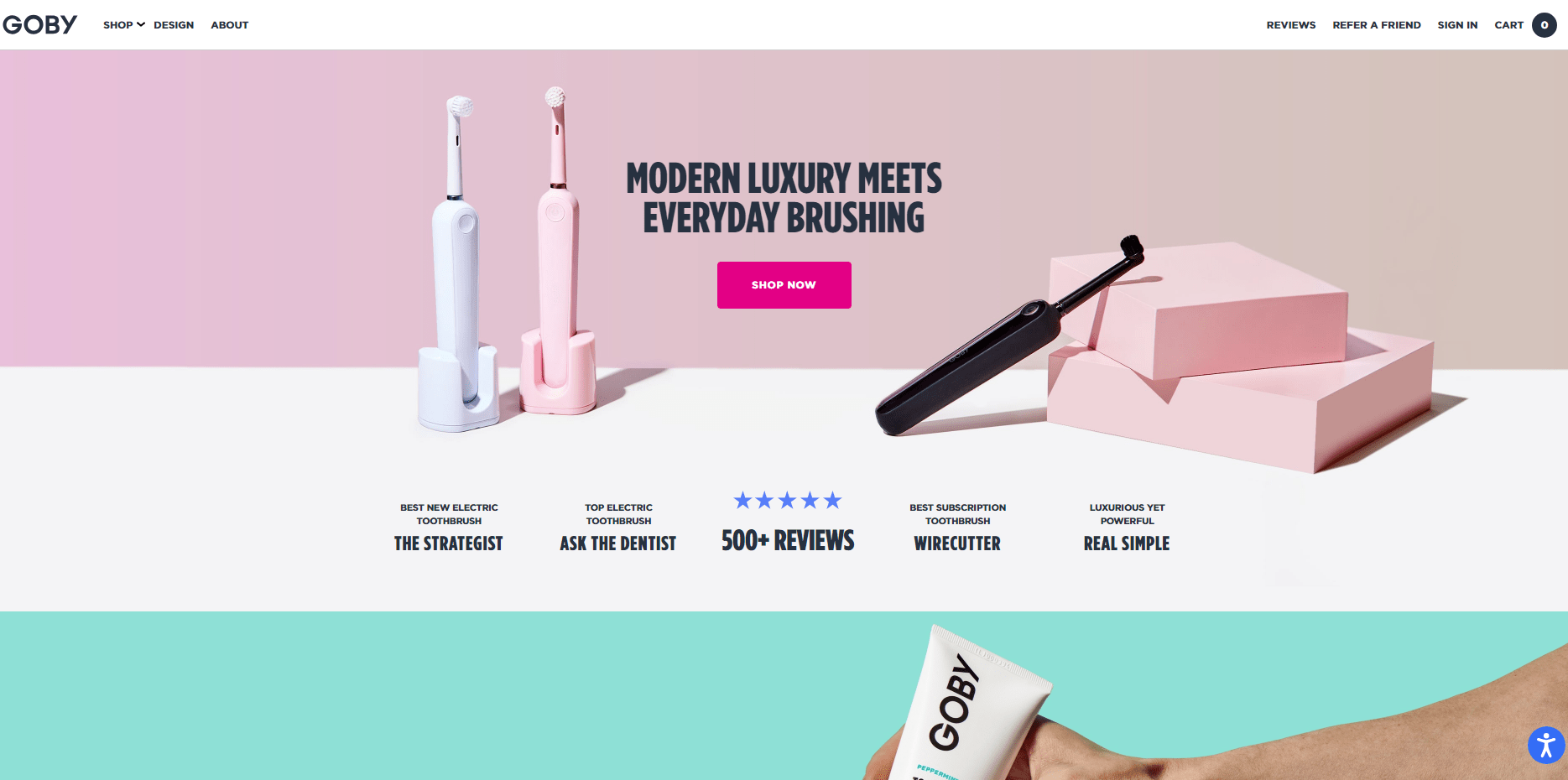
Landing pages stand out as amazing tools created to capture and convert in the huge ecology of digital marketing. Acting as the digital storefront, they set the stage – creating that pivotal first impression for brands. A carefully built landing page can make all the difference, whether it’s a software company displaying its newest program or a boutique highlighting its seasonal collection.
Consider the cookie’s role here – a subtle, yet potent force. By integrating cookie insights, landing pages shift from generic gateways to personalized platforms. For instance, when a homeowner revisits a home decor site, they might find bespoke room inspirations based on their past interests, all thanks to the cookie data working its charm.
Here’s how landing pages leave their mark in the digital marketing space:
- Spot-On Targeting: They cater to specific audience segments. Imagine a pet lover getting led to a page filled with top-tier pet care products.
- Effortless Conversions: With clear call-to-actions and minimal distractions, users often find themselves taking the desired action.
- Seamless Integration with Campaigns: Whether it’s social media ads or email campaigns, landing pages weave seamlessly into diverse marketing strategies.
- Analytics Goldmine: Beyond mere conversion metrics, landing pages offer insights into user behavior, preferences, and more – especially when combined with cookie data.
To sum it up, in the digital marketing tapestry, landing pages serve as intricate designs – adding depth, detail, and directness. They are not just static pages but dynamic platforms that evolve, adapt, and resonate. They have developed into crucial assets that promote meaningful encounters and conversions by bridging the gap between user intent and brand offerings. Brands that harness their potential don’t just market; they create lasting digital imprints.
Measuring the Success of a Landing Page: Key Metrics
Diving deep into the digital landscape, understanding the impact of every marketing action hinges on metrics. Each click, impression, and conversion on your landing page paints a story, offering insights to fine-tune strategies. Combine this with the intel from cookies, and you’re navigating the ocean of online marketing with precision instruments.
Imagine a shoe brand launching its eco-friendly line. By focusing on the right metrics, the brand can pinpoint exactly which design gets the most traction or which age group gravitates towards their products. The cookies, meanwhile, could reveal if customers who viewed winter boots end up exploring waterproof sprays.
Essential metrics to gauge the pulse of your endeavors include:
- Conversion Rate: the proportion of visitors who complete a desired action, such as subscribing to a newsletter or making a purchase.
- Bounce Rate: Identifies how many users leave without engaging – a high rate might signal a mismatch between your marketing message and landing page content.
- Page Views per Visit: Gauge the depth of user engagement. Are visitors exploring multiple products or just skimming through?
- Average Session Duration: A measure of how long users stay engaged – the longer, the better.
- Traffic Source: Determine which marketing channels pull in the most visitors, optimizing efforts accordingly.
- Cookie Insights: Shed light on user preferences and behaviors, enabling brands to tailor experiences.
The digital marketing journey can sometimes feel like sailing through a storm. But with a keen focus on these metrics, brands don’t just sail – they chart courses that lead to coveted shores. Whether it’s revamping landing page designs or tweaking ad copy, data-driven decisions set the stage for success. Gone are the days of shooting in the dark; today’s marketers are armed with powerful tools to measure, adapt, and excel.
The Art of Persuasive Content on the Landing Page
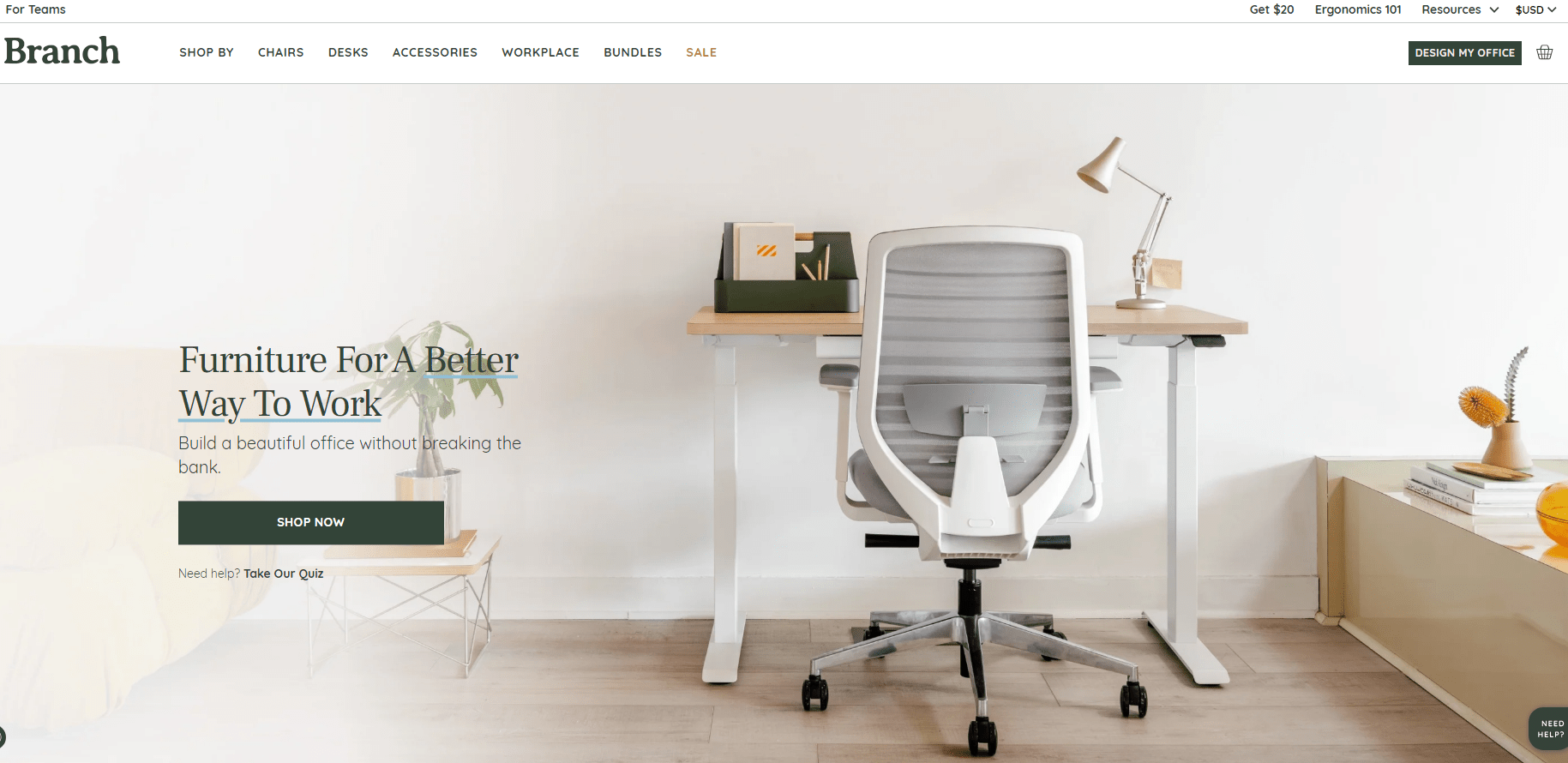
Crafting compelling content requires more than just stringing words together – it’s an intricate dance of understanding your audience, tapping into their desires, and presenting solutions in the most enticing manner. In the bustling marketplace of the internet, where each landing page competes for attention, persuasive content shines through as the linchpin of successful digital campaigns.
Consider a boutique hotel promoting its seaside rooms. A mere mention of “ocean view” won’t cut it. Instead, painting a vivid picture – waking up to the soothing sounds of waves, the sun’s first rays glinting off the azure waters, the faint scent of salt in the air – reels readers in, urging them to book that room.
Key strategies to ace persuasive content include:
- Empathize with Your Reader: Understand their pain points and desires – then position your product or service as the solution.
- Clear and Concise Copy: In a world saturated with information, get straight to the point. No fluff.
- Use Actionable Language: Words that spur action – like “grab”, “discover”, or “experience” – draw readers into the narrative.
- Leverage Testimonials: Sharing authentic experiences from satisfied customers boosts credibility.
- Optimize with Cookie Data: Tailor content based on insights from user behavior, ensuring relevance.
- Engage with Visuals: A picture speaks a thousand words; use them to enhance your narrative.
By weaving these elements together, brands carve out their own corner in the vast digital expanse. Whether it’s a product page or an entire marketing campaign, the power of persuasion, wielded adeptly, propels businesses to the forefront of consumer consciousness. In the end, it’s not just about selling a product; it’s about forging connections, telling stories, and making every visitor feel seen, heard, and valued. And that’s the true art of content in the digital age.
Visual Design of the Landing Page: Combining Functionality and Attractiveness
Visual design stands at the intersection of aesthetics and usability, balancing beauty with purpose. When you land on a page that immediately captivates with its elegance, yet intuitively guides you to take action, you’re experiencing the magic of refined visual design. In the realm of digital marketing, this magic can make or break user engagement.
Picture this: an online store selling artisanal chocolates. Instead of merely listing products, the page unfolds like a story. High-resolution images of velvety chocolates sprinkled with gold dust invite users to dive deeper, while minimalist design elements ensure they don’t get overwhelmed.
Key considerations for masterful visual design:
- Purpose-Driven Layout: Every element, from images to buttons, should have a clear role. It’s not about cramming in all the bells and whistles but determining what genuinely enhances user experience.
- Cohesive Color Palette: Colors evoke emotions. Choose hues that not only resonate with your brand but also drive user actions.
- Adaptive Design: Ensure your layout shines on devices of all sizes, from desktops to smartphones.
- Data-Informed Adjustments: Utilize cookie insights to refine design elements based on user interaction, enhancing retention and conversion.
- Engaging Imagery: Opt for original, high-quality photos that reflect your brand’s essence and values.
- Typography That Talks: Font choice and text layout can guide readers through a story, emphasizing key points and creating visual interest.
By seamlessly merging functionality with appeal, brands craft landing pages that don’t just catch the eye but also anchor interest, encouraging users to stick around, explore, and engage. Visual design, when done right, doesn’t just decorate a page – it directs, narrates, and persuades, turning passive visitors into active participants in your marketing narrative. In the digital landscape, where first impressions count, it’s the silent power player brands can’t afford to overlook.
Optimizing Landing Page for Mobile Users
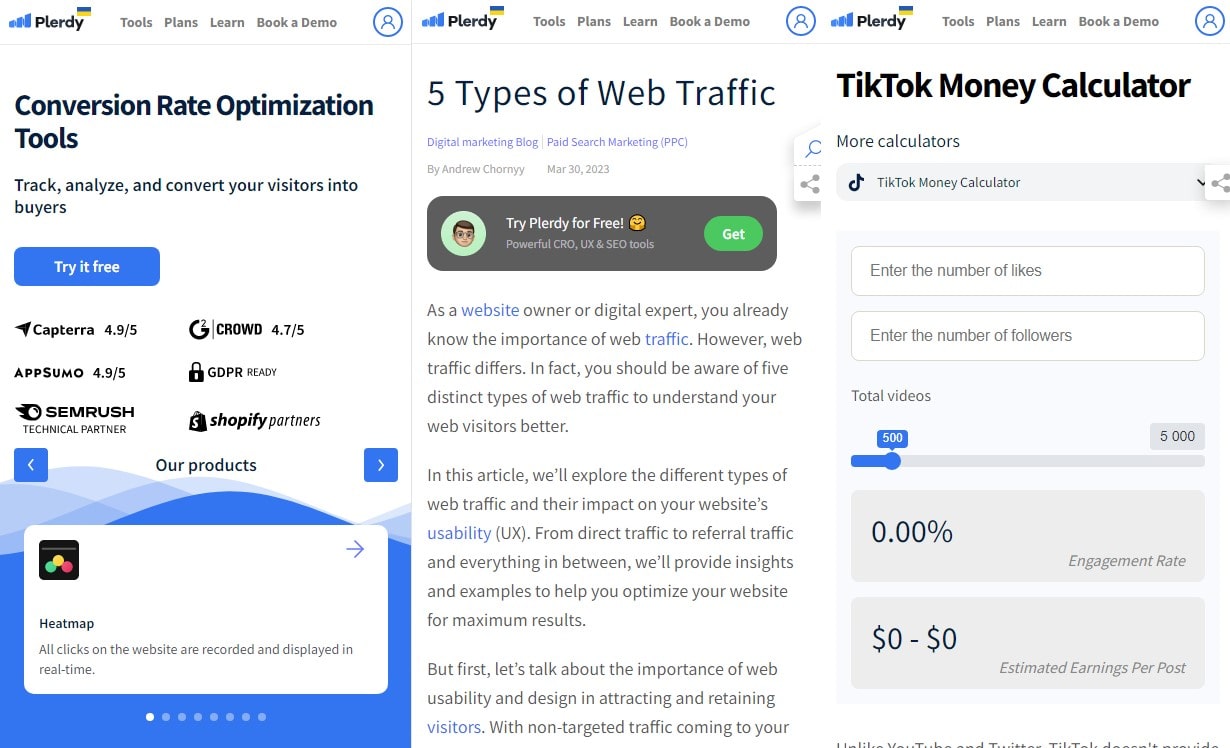
In today’s on-the-go society, a mobile-optimized experience isn’t a luxury—it’s a necessity. Dive into any bustling city cafe, and you’ll observe patrons browsing, shopping, and engaging with brands straight from their devices. Mobile users crave speed, simplicity, and a dash of flair when navigating a page. For marketers, tapping into this vast audience demands a blend of strategy and design finesse.
Imagine launching a landing page for artisanal coffee beans. If it’s mobile-optimized, a user can quickly swipe through vibrant images of sunlit coffee plantations, tap to learn about bean origins, and effortlessly slide into a purchase—all while waiting in line for their morning brew.
Crucial steps to optimize for the mobile user:
- Swift Load Times: Mobile users won’t hang around for slow pages. Prioritize snappy load times to keep them engaged.
- Streamlined Content: Cut down on clutter. Use crisp images and concise text to convey your message without overwhelming.
- Tap-Friendly Buttons: Buttons should be large enough to tap with a thumb and spaced well to prevent accidental clicks.
- Instant Feedback: Give users immediate responses through visual cues when they interact with a page element.
- Cookie Integration: Fine-tune the user experience using cookies to recall preferences or previously viewed items, fostering a personalized journey.
- Vertical Fluidity: Design with a scroll mindset. Mobile users favor scrolling over swiping, so layout content seamlessly in a vertical flow.
Optimizing a landing page for mobile users goes beyond shrinking desktop content. It’s about crafting a unique, intuitive journey that resonates with those thumb-scrolling their way through the digital landscape. With the right blend of functionality and design appeal, mobile optimization transforms casual browsing into meaningful brand interactions. In the bustling hub of digital marketing, where competition is fierce, brands that cater to mobile users stand out and thrive.
Potential Mistakes and their Fixes on the Landing Page
In the bustling digital marketplace, even seasoned marketers sometimes stumble over pitfalls. But here’s the silver lining: every misstep presents a lesson. Let’s walk through some common errors in the realm of page, landing, cookie, and marketing—and how to straighten them out.
Take a fictional organic skincare brand, “PureGlow”, diving headfirst into digital marketing. They design an elegant landing page, but conversion rates are sinking. Where did PureGlow falter?
Common Mistakes & Fixes:
Overwhelming Design:
- Mistake: PureGlow’s landing page is cluttered with beautiful, high-res images, causing slow load times.
- Fix: Streamline visual elements. Prioritize quality over quantity and optimize images for faster loading.
Generic Calls to Action (CTAs):
- Mistake: Their CTA merely states, “Buy Now”.
- Fix: Spice it up with engaging language tailored to the brand, like “Discover Radiant Skin Today!”
Cookie Mismanagement:
- Mistake: Cookies push products users have already purchased.
- Fix: Update cookie settings to recommend complementary products or recently viewed items, enhancing user experience.
Lack of Trust Signals:
- Mistake: Testimonials and certifications are buried deep in the page.
- Fix: Showcase trust signals prominently, reassuring visitors of product efficacy and brand authenticity.
Mobile Unfriendliness:
- Mistake: Page elements overlap on mobile devices, causing frustrated users to bounce off.
- Fix: Invest in responsive design. Ensure the landing page adapts gracefully to various screen sizes.
Correcting these mistakes not only boosts PureGlow’s conversion rates but also fortifies its digital footing. Each hiccup offers insights, helping marketers refine their strategies and edge closer to perfection. In a digital landscape where user experience reigns supreme, understanding pitfalls and their remedies isn’t just smart—it’s essential. Through proactive troubleshooting and continuous refining, brands can craft a seamless, captivating journey for every visitor.
Conclusion about Landing Page
Let’s dissect a landing page’s essential components one last time before we call our online adventure a close. A landing page, distinct from a traditional webpage, zeroes in on a single objective, serving up content tailored to specific marketing goals. Leveraging cookies, these pages trace user interactions, ensuring the best match between a user’s preferences and the marketer’s offering. For instance, an insurance company might use a landing page to promote a special event for premium clients, with a simple form to subscribe. Meanwhile, a digital agency could generate leads for website optimization services.
Examples abound:
- An eCommerce store promotes a limited-time promo ⌚ , driving sales.
- A software company offers a 14-day trial 💣 , aiming for user engagement.
- A content creator pushes an exclusive article ✍ , enhancing the subscriber list.
To elevate your landing page game, make sure to utilize tools like Plerdy for a thorough SEO & UX analysis. It’s all about ensuring your content, be it for a product or a service, is showcased in the most compelling light. A landing page isn’t an ordinary page, it’s a chance for your company to stand out and engage in a more focused dialogue with potential clients. ⚡
